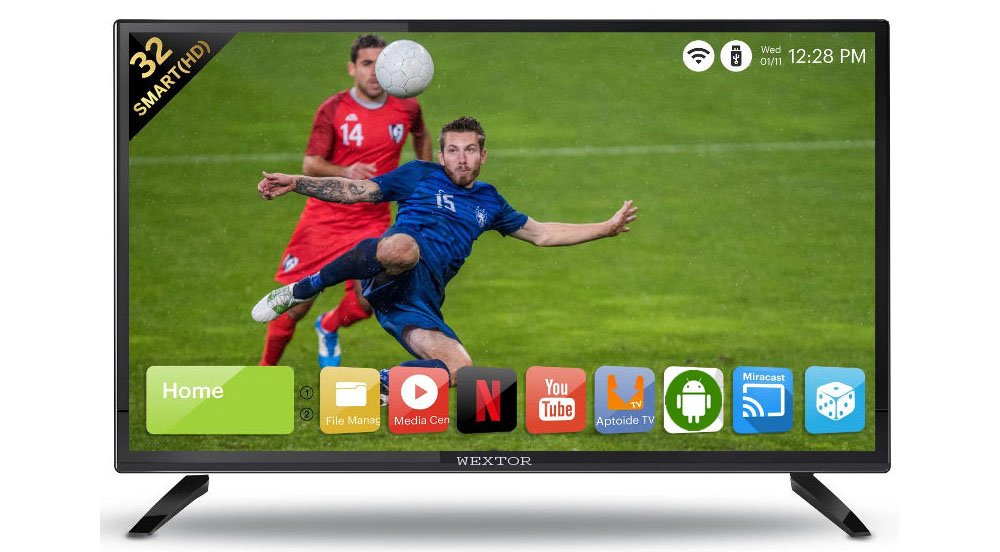
Due to quickly changing on technology, TVs have gone through a lot of changes. Smart TVs and LED TVs are just two of the many choices available to consumers today. Even though these terms are often used interchangeably, it’s important to know the difference between them so you can make a smart buying choice. In this piece, we’ll look at how smart TVs and LED TVs are different, including their features, functions, and benefits.
What is a Smart TV?

A smart TV, also called a linked TV, has all the features of a regular TV plus the ability to connect to the internet and interact with it. These TVs have Wi-Fi or Ethernet ports built right in, so users can access a variety of online services, apps, and video platforms right on the TV screen. Apps like Netflix, Hulu, and YouTube are often already on smart TVs, giving you quick access to a world of entertainment. Users can also surf the web, stream material from their phones or tablets, and even use voice commands or apps on their phones to control the TV.
What is LED TV?

LED, which stands for “Light Emitting Diode,” is a type of TV screen technology. LED TVs light up the liquid crystal display (LCD) screen with a series of tiny LED backlights, which makes the picture bright and colourful. LED TVs are better than older technologies like LCD and plasma because they have better brightness, deeper black levels, and more accurate colours. They use less energy and can show high-definition (HD) or even ultra-high-definition (UHD) images, like 4K or 8K.
Key Differences:
How things connect and how they work:
Smart TVs can link to the internet and let you use a variety of online services, apps, and streaming platforms.
LED TVs, on the other hand, only focus on the technology behind the screen. They don’t have internet connections or engaging features built in.
User Experience:
With online material and interactive features, smart TVs make watching TV easier and more enjoyable.
LED TVs are mostly about showing high-quality images and don’t have interactive features or online viewing.
Access to content:
Smart TVs let people stream content from famous platforms right to the TV, giving them a lot of ways to have fun.
LED TVs can’t get online material without extra devices like media players, game consoles, or set-top boxes.
Price:
Smart TVs are usually more expensive because they have more features and can do more.
LED TVs are often cheaper, especially when compared to smart TVs with more features.
Conclusion:
Smart TVs and LED TVs are both advanced TV technologies, but they are used for different things and meet different buyer needs. Smart TVs can connect to the internet, have dynamic features, and give you access to online services and apps. This makes the TV a place where you can do a lot of different things. LED TVs, on the other hand, are mostly about showing high-quality images. They have better brightness, use less energy, and have slim designs. Knowing the differences between these two types of TVs is important if you want to choose the right one for your needs, income, and preferences.


